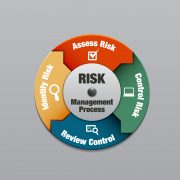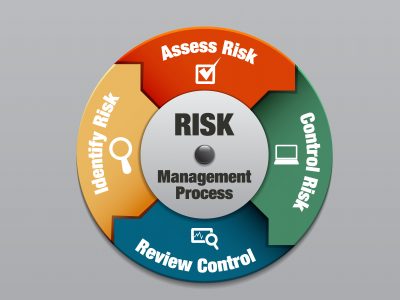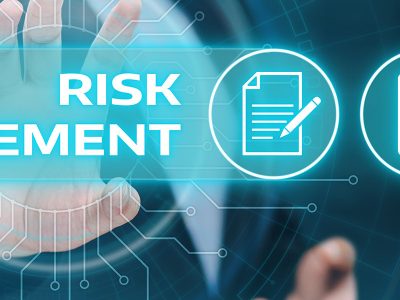Enterprise Risk Management (ERM)
As per COSO Framework 2004, Enterprise risk management is defined as a process used in strategy setting and across the enterprise by an entity’s board of directors, management, and other personnel to identify potential events that may affect the entity, manage risks to be within its risk appetite, and provide reasonable assurance about the achievement of entity objectives.
All corporate objectives, operations, and management systems are integrated with ERM. Strategic planning, business planning, policy development, project management, and day-to-day decision-making are all part of this process.
Organizations should commit to using ERM as a strategic decision-making tool to improve performance across all business activities. The company’s risk portfolio safeguards current assets while generating value for future prospects.
Governance, Risk & Compliance (GRC)
Governance, Risk & Compliance (GRC) is a competence that allows a business to fulfill its goals reliably while dealing with uncertainty and acting with integrity. GRC is seen as a well-coordinated and integrated set of skills that enable Principled Performance at all levels of the company.
The act of externally leading, controlling, and evaluating an entity, process, or resource is known as governance. The act of managing procedures and resources to address risk while achieving gain is known as risk management. Compliance refers to the ability to demonstrate that a requirement has been met.
GRC is primarily used to improve the alignment of objectives with the organization’s purpose, vision, and values. It enables superior decision-making agility and confidence, as well as consistent, dependable performance and value delivery. It allocates funding to the correct activities at the right time and ensures top-down accountability for important objectives, risks, requirements, and related initiatives. Within the organization’s integrated capabilities, it provides significant cost savings.
Relationship Between GRC & ERM
Enterprise Risk Management is focused on managing the organization’s approach towards addressing risks while Governance, Risk Compliance (GRC) deals with the organizational approach across the three practices of Governance (Corporate Governance), Risk (Enterprise Risk Management), and Compliance as well as other related activities such as IT Management, Ethics & Culture, Performance Management, etc.
Submitted By: Kartik Unnikrishnan – Member of Student Risk Club (SRC)













